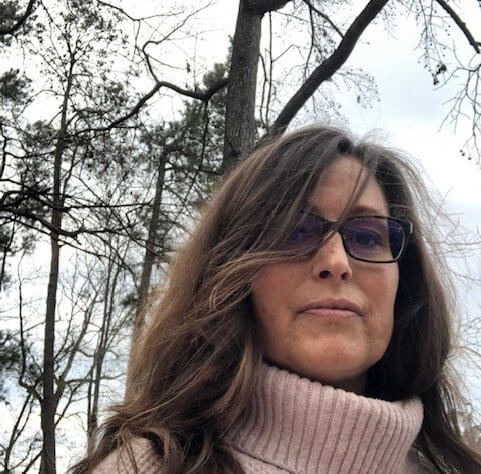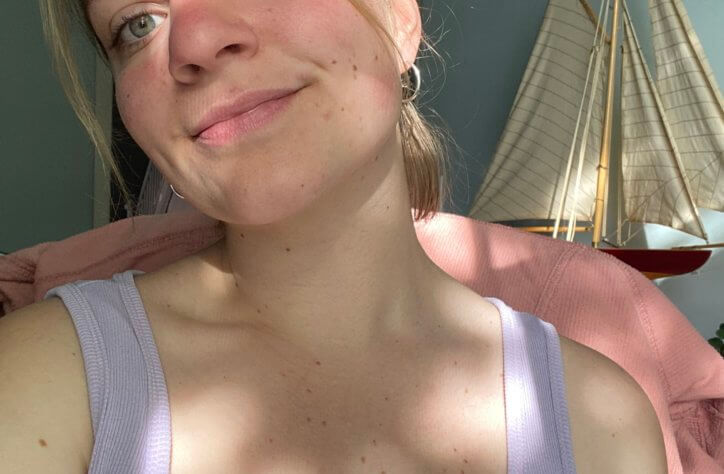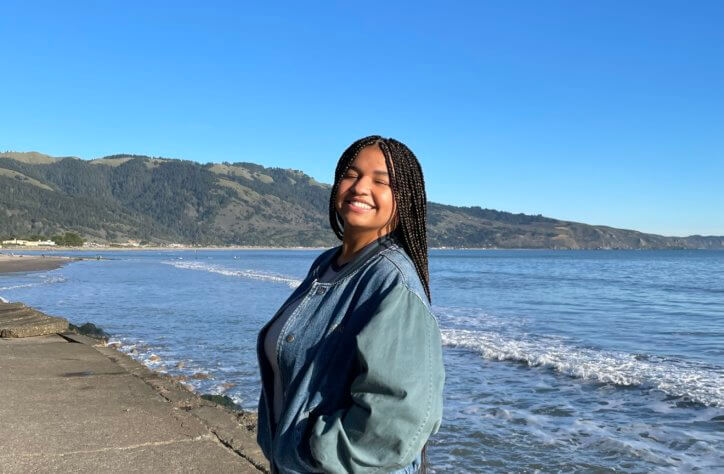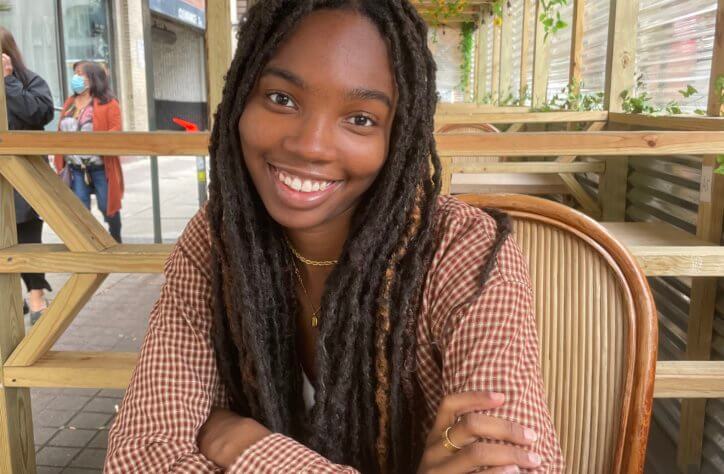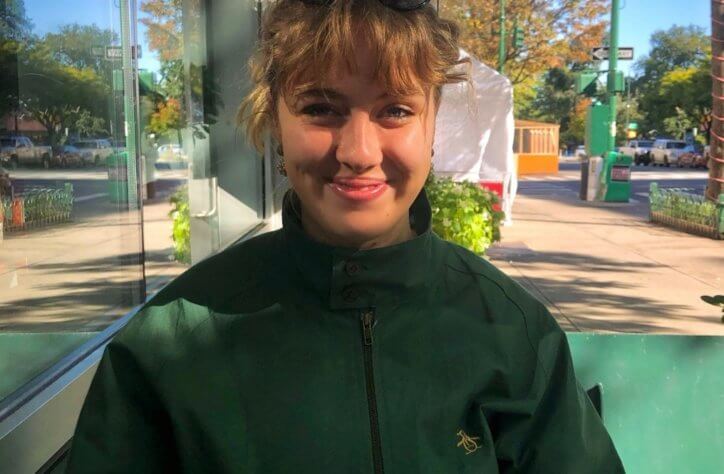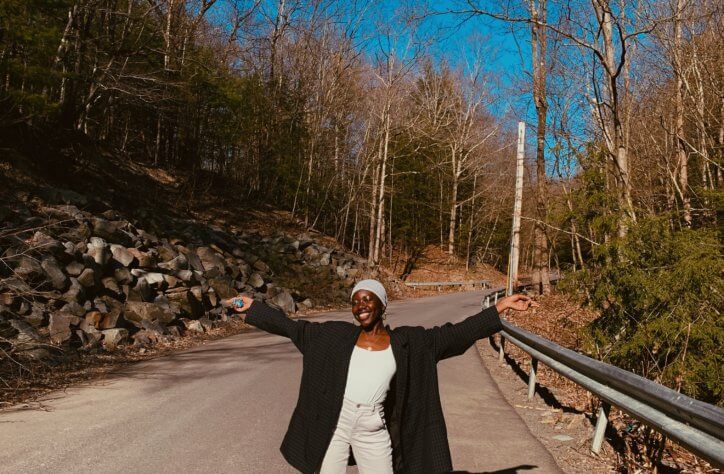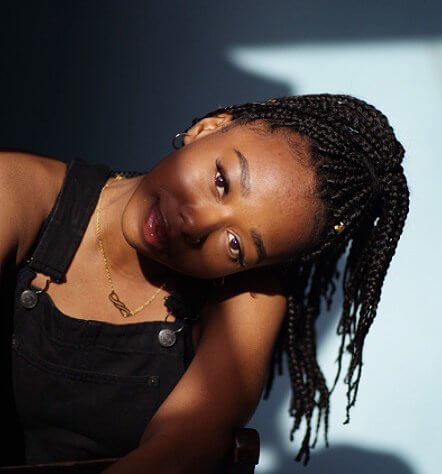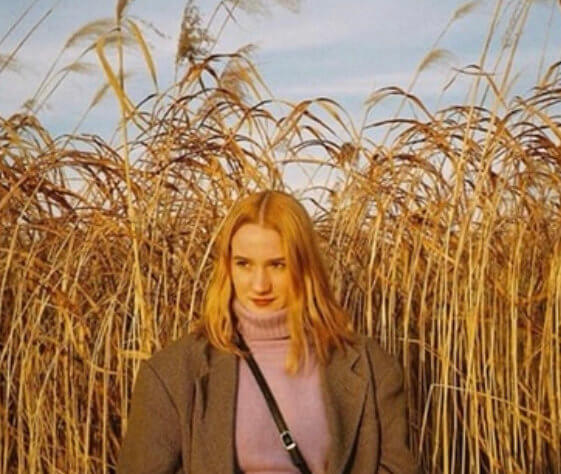From activists to Olympians, musicians to politicians, there is a long history of pioneering women who have helped shape Manchester’s culture. But with that being said, why do we only associate the Northern city’s popular culture with cisgendered men?
When we think of famous Mancunians, more often not, Morrissey, the Gallagher brothers, Ian Curtis or the city’s two all-male football teams spring to mind. But how many people do you know that would actually name suffragette Emmeline Pankhurst first? Or, double Olympic gold medalist, Rebecca Adlington? Or even Alexander McQueen’s Sarah Burton?
“Women have played such an important role in the creation of Manchester, they are the true ‘worker bees’, getting on with shaping the city without any recognition.” Says Becky Burgum, the Northern-born, Northern-bred, CSM graduate championing her city’s forgotten women with her publication, ‘Galchester’. The 94-page print hopes to dismantle Manchester’s male-only gaze by providing a snapshot of the city’s past and present female talent.
The issue features dozens of locals; including photographer Lauren Maccabee, radical feminist artist and punk icon Linder Sterling and Bloody Good Period, an activist collective providing free menstrual supplies to refugees. Community peace activist MBE Erinma Bell is also honoured; hailed for her work against gang violence in south Manchester, and in 2010 she was the first woman to have a sculpture in Manchester’s town hall, (but for some reason, she still doesn’t have a Wikipedia page).
We caught up with Becky Burgum to find out more about Galchester, the importance of abandoning the misogynistic Madchester era and bringing the city out of London’s shadow.
Hey Becky, firstly, could you tell us a little bit about yourself?
I grew up in Salford, Manchester and went to Withington Girls’ School, a very academic, science and language school. It had little focus on creativity when I first started, but halfway through, the art department got new art teachers who were more supportive and expressive — they solidified my love of the subject. I loved painting, art, and the idea of fashion but had no idea what creative opportunities existed, and none of my friends or family were remotely creative. My mum and dad work in finance and all of my school friends went on to be doctors, lawyers or work in corporate finance too.
I applied to do an art foundation year at Leeds and Central Saint Martins on advice from my art teacher — I had never actually heard of CSM before. When I got into both, I initially had my heart set on staying up north; cheaper rent, well cheaper everything, closer to home and so on, but my teacher persuaded me that I couldn’t turn down an offer from CSM.
How did you find the course?
I found the whole course extremely overwhelming at the start; I hadn’t been a fashion obsessive from a young age. I didn’t know any of the designer references classmates or teachers would speak about and had only discovered independent magazines since moving to London. There were many tears, and I was convinced that I was out of my depth, but I persevered and found my feet in the second year
Why do you feel it’s so important to create a publication like ‘Galchester’?
Manchester has an extremely male identity, from the Hacienda and Sean Ryder, Manchester United through to Liam Gallagher, all despite the city’s incredible suffragette and female history. This year marks 100 years since some women gained the right to vote, and this magazine celebrates to the true “worker bees” of Manchester, encouraging women readers to be as self-assured and confident as their male counterparts. It gives an insight into how these women got to their current position, to inspire more young women to get into the arts.
Since the magazine launched, I’ve spoken to so many young women who have recently graduated from art school in Manchester and other northern cities (studying subjects from fine art, photography to graphics) who said that they didn’t have a single female guest speaker throughout the whole three years, and some said that even every teacher was male. This has to have an effect on the type of work produced, perhaps the critique given, but more importantly, the way young women feel accepted and encouraged into the industry. Not seeing female role models is hugely damaging and subconsciously excludes and discourages. If you can’t see it, you can’t be it. Women are more likely to achieve their dreams and aspirations when they look at other women succeed, and studies have shown that a lack of confidence plays a major role in preventing women from achieving senior roles, which I attempt to address in a ‘How to be assertive’ section.
When murals are produced covering the cafes and bars of Manchester, showing the city’s most influential figures they are almost solely white males, despite the city being the birthplace of the suffragette movement and the fact the city is extremely multicultural. The all-white male image is simply incongruous to the city’s inhabitants, with the “non-white” community shown to be 33.3% of the city’s population in a 2011 census, compared to 9% Liverpool and 15% Leeds. The city relies too much on the Madchester era — which has become a clichéd, one-dimensional representation on the city — and it needs to move on if the city is going to grow and accept new creative ideas.
What does the title mean to you?
I think with the one word ‘Galchester’ you instantly understand that the magazine is about the women of Manchester. I thought about ‘Girlchester’, but I specifically wanted to stay away from referring to young women as ‘girls’ as I feel it can be demeaning, and quite patronising. You would never refer to a man/guy as a ‘boy’ unless you were speaking about a literal child. ‘Woman’ would have felt slightly alienating to a young audience and too formal, so ‘gal’ was right in the middle, kind of tongue in cheek.
Women have played such an important role in the creation of the city and I love to use the metaphor of the women of Manchester being the true “worker bees”, quietly shaping the city and getting on with it despite such little recognition. The worker bee is the emblem of Manchester, proudly covering the city from bollards to buildings. Worker bees are all female. They don’t have children, but carry pollen back and forth for the queen while doing every other task in the hive. They also should not be able to fly, aerodynamically speaking, but they do. They defy the laws of nature in the same way, women have defied male convention.
Were there other magazines that inspired you to start it?
I think it was more of a lack of magazines that showed female role models in this way. I have always been so interested in an article explaining a woman’s successful creative career as it varies so much more than any other industry and so I was sure that other driven young women would be equally interested. As 2018 has gone on, given it is the centenary year of some women getting the right to vote, many magazines have put a lot more focus on highlighting brilliant women and speaking up about underrepresentation and issues such as tampon tax. I don’t think there are any other magazines acknowledging Manchester’s obsession with the masculine and attempting to show a different side to the city.
What are some of the most important things happening in Manchester right now?
The women of Manchester are really coming together, setting up groups and communities that support, celebrate and encourage one another which is so exciting. Some specifically to address female underrepresentation in certain fields, such as Women in Media, some to pass on knowledge and learn from one another (Ladies, Wine & Design) and some to just have fun and make friends (Girl Gang Manchester). We are also really starting to recognise and learn about important women in Manchester’s history with loads of amazing exhibitions such as, ‘Suffragette City: Portraits of Women in Manchester Music’ earlier this year which acknowledged all the female contribution to the Hacienda era and currently there is an amazing exhibition on at The John Rylands library, ‘Women Who Shaped Manchester’, which tells the stories of the exceptional women from Manchester’s past, from mill workers to protestors.
Manchester is also, without question committed to expanding the city as creative hub. The new Media City has cemented its position if having the most creative businesses outside Greater London, contributing £1.46bn to the local economy and our Mayor Andy Burnham says that he is determined to put more of a focus on creativity in the school curriculum. The government recently put £78million towards developing a new arts and cultural venue at the centre of St. John’s, which will be the new home of Manchester International Festival and will present innovative contemporary work to the public all year-round showcasing everything from dance to spoken word, in the hope of becoming a genuine cultural counterweight to London. The name of this new Mecca of cultural innovation, however, is ‘Factory’, yet again harking back to past glories, not a promising sign that the city is moving on from that at all.
People narrow-mindedly, only associate the UK’s creativity with what’s going on in London. What more can, and should be done to give young creatives outside the capital the acknowledgements they deserve?
There is a real need to widen the net and not be so blinkered. London is not the be all and end all – there is life beyond the M25! Arts and culture contribute about £11.8bn to the UK economy, according to the Arts Council, but the majority of artists earn less than £10,000 a year. So, it would actually make sense that creativity thrives anywhere but London, which was named the most expensive city in Europe to rent for a third year in a row, this year. If we continue to act as if only credible creativity comes from London, the scene will be made up of solely the wealthy and privileged, and we will lose so much talent. Even with a student loan, it is almost impossible for most people to pay rent and live in London without money coming from somewhere else, which can be a barrier to lower-income families. It is essential to create a creative scene made up of different voices, from different backgrounds and different cultures to create authentic work.
One of the ways I feel like this could be tackled is by making a concerted effort to include non-London creatives on projects when commissioning illustrators or any work that can be done remotely. It is obviously hard to include creatives from other cities that you do not live in or have any connections with, which is why being able to consult a database of talent (like I hope Galchester can become) will be invaluable. Many creatives get jobs in London on recommendations from friends, which is great that we support our classmates, but is definitely inhibiting access to the scene from those who didn’t go to art school here or run in your London circle of friends.
Another way is for those who have moved from the rest of the UK to London to keep this in mind constantly, and make it their mission to open up the creative circle by writing articles on talent outside London, hiring freelancers from your hometown and generally keeping it at the forefront of your mind, which will get others to take the issue seriously and hopefully slowly create change.
You’ve interviewed so much talent for the publication. What are some of your favourite quotes from women in the issue?
The Madchester era prevents the city from welcoming new experiences, different backgrounds, perspectives and exploring the very different landscape we live in that doesn’t include a soundtrack provided by Tony Wilson. — Evie O’Connor, artist
When the narrative is male, when all the stories are male and all they ever talk about is other men, then it’s not surprising that women start to devalue their own input. – Alison Surtees, curator of Portraits of Women in Manchester Music and co-founder of Manchester’s Digital Music Archive
The dominant voices of the history of twentieth-century popular culture in Manchester are predominantly male, heterosexual and white. Their history is set aspic, carefully preserved and presented to all without anything else available on the menu. I really think that it’s time for a change and magazines like Galchester prove that others think the same way. – Linder Sterling, a radical feminist artist and well-known figure in the Manchester punk scene
We live in a patriarchy that doesn’t allow women to take control of their bodies in the way that men can. If we didn’t live in a sexist society then people would realise that the things that affect women are just as important as things that affect men. People would always have had free sanitary protection. The tampon tax is a complete joke. — Gabby Edlin founder of Bloody Good Period charity
How do you feel ‘Galchester’ will progress?
First, I want to publish the content online to create a database of Mancunian creatives that women of all ages can refer to for advice in those career paths and explore what creative jobs exist, but also to provide a platform for all the women featured that will lead to them getting more freelance jobs. Hopefully, eventually the website will turn into a tool that companies and people will use to find great female, northern talent in the form of graphic designers, illustrators or photographers etc. to work on projects or collaborations with. After the first issue is digitised, I will begin on Issue 2 for which I have a lot of ideas already. I am going to look into sponsorship or arts funding to see if there is any kind of grant available for this kind of project, and if not I will need a little time to save up money to be able to go into print. I am also looking to build a small team as I currently write, organise and produce every part of the magazine myself, but would love to involve more voices. I have just started a new role as features assistant at ELLE magazine so will definitely need more hands-on-deck.
What makes you hopeful for the future of female creativity in Manchester?
This year — the 100th year anniversary of the Representation of the People Act – has really shone a spotlight on the achievements of women past and present, while encouraging us that supporting one another is the only way to combat underrepresentation and succeed. It has provided young women with more role models and confidence and I think the city of Manchester, in particular, has become more open because of it. More initiatives are being set up to encourage women into male-dominated fields, such as Both Sides Now, tackling the underrepresentation of women in music, and as young people begin to stick around in the city, instead of moving to London, as it becomes a creative hub, old irrelevant creative powers will hopefully be pushed out.
Also, our Mayor Andy Burnham seems committed to making change. “We need to have a culture in our industry where people are supported to come through,” said Burnham at a ‘Both Sides Now’ event last year — a programme aiming to correct the gender imbalance in the music industry in northern England. He talked enthusiastically about the new gender balance Greater Manchester combined authority, which requires all ten Manchester districts to send a balanced team to represent them, and the need to change politics, just as much as the creative industries.
